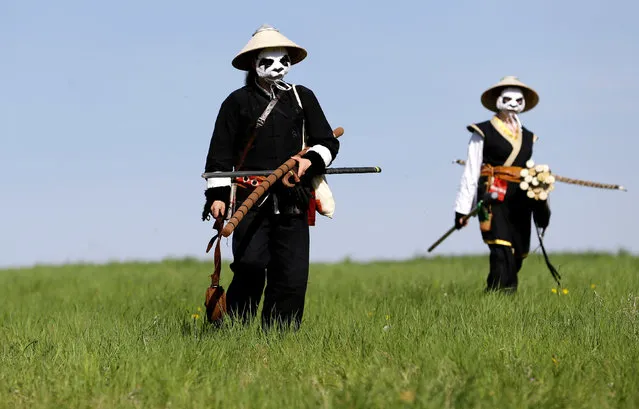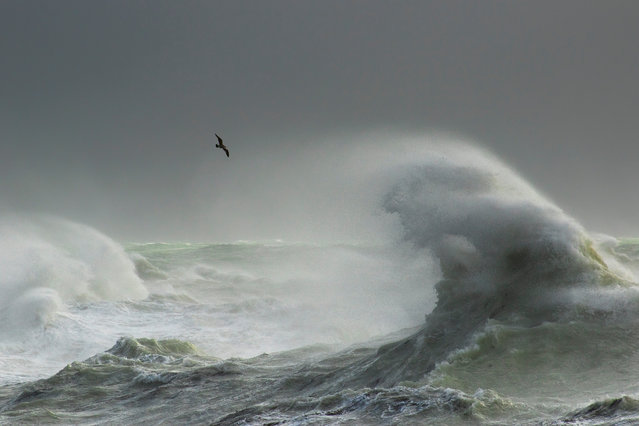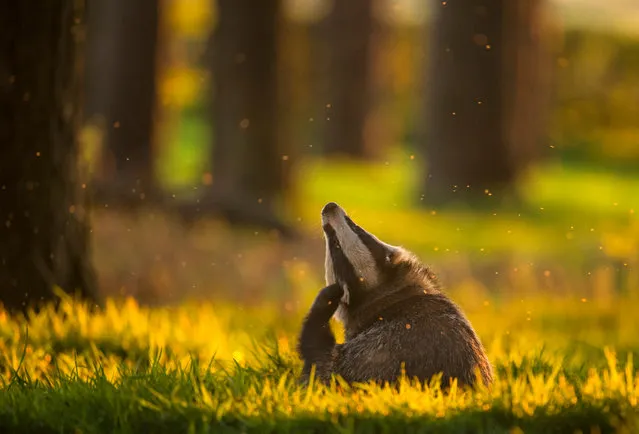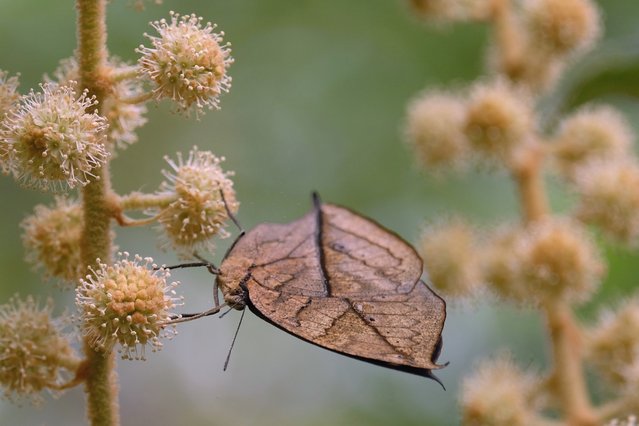
The new Toyota Camry Hybrid LE is parked next to the redesigned 2012 Camry SE after the unveiling event on the Paramount Studios lot on August 23, 2011 in Hollywood, California. The five-seat Camry SE and the Hybrid XLE sedans go on sale in December. (Photo by Kevork Djansezian/Getty Images)
24 Aug 2011 09:43:00,post received
0 comments







